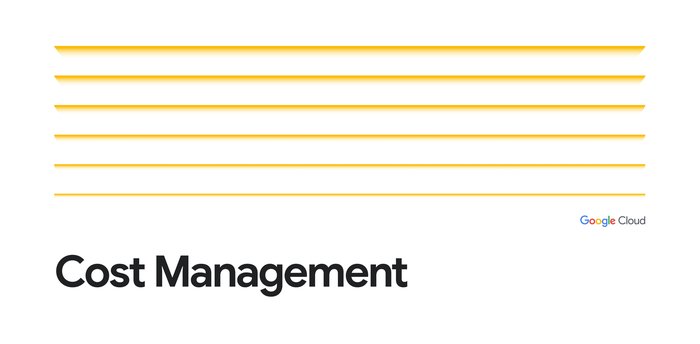How NCR Voyix reduced cost and complexity with Log Analytics from Cloud Logging
HariPrasad Kantubhukta
Engineering Manager, NCR Voyix
Charles Baer
Product Manager, Google Cloud
Today, we hear from NCR Voyix, who co-creates experiences with the world’s leading retailers, restaurants and financial institutions, about their move to Google Cloud, what it meant for their log processing and analytics, and how Cloud Logging and Log Analytics has helped them take advantage of the cloud paradigm.
Here at NCR Voyix, the SRE team provides observability solutions necessary for running our Digital Banking platforms, and we rely on observability tools to detect, troubleshoot and resolve issues as quickly as possible. Analyzing logs is not only an important component toward this endeavor, but also for making informed business decisions.
Opportunities in the cloud
We recently completed the transition of a key banking platform called Digital Insight onto Google Cloud. This meant moving our observability tools into the cloud as well, including a third-party logs processing and analytics tool that we have relied upon since our on-prem days. But integrating this tool was difficult and plagued with latency issues.
We also understood that working in the cloud brings new opportunities. We are constantly looking to optimize our systems and we noticed that there were new tools available, natively within Google Cloud.
Enter Log Analytics, a new set of features in Cloud Logging that brings the power of BigQuery with a new user experience optimized for analyzing logs data. The launch of Log Analytics couldn’t have come at a better time for us. It not only satisfied our use cases, but was also available at no additional cost. Being able to use SQL to query the logs data was the icing on the cake, and trimmed our learning curve.
Today, our third- party tool is gone; Log Analytics is our new solution. It’s a great fit for our needs, and we’re excited that new features are being added to it regularly. Throughout the deployment, we collaborated with the Google Cloud product management organization to provide feedback, so Log Analytics could meet the complex requirements of our SRE teams. Here are a few things we learned about the tool, about running in the cloud — and about our organizational culture — along the way.
Key learnings
- We didn’t need to bring all our baggage into the cloud. Re-framing some of our needs helped us find solutions that ran natively in the cloud. Doing this early can bring savings. For us, the third-party tool was overpriced and underused; sure it had some advanced features, but not for our kind of usage.
- Cloud Logging and Log Analytics, being native to the cloud, reduced the need to replicate logs to an external system. This in turn increased the speed with which we can generate reports about issues within the overall environment.
- Using structured logging, such as the JSON format, improves Log Analytics’ performance because there is less overhead from pattern matching.
- Minimize your learning curve. Getting people to accept new ways of doing things can be difficult. But with Log Analytics it’s been pretty straightforward so far because it just uses SQL and our teams already know SQL.
- Before, we couldn’t send out some types of logs such as audit logs to third-party tools for further analysis without incurring costs and or causing compliance implications. With Log Analytics, we can now analyze all our logs locally.
- Log Analytics charts, a new feature within Log Analytics, can be a great alternative to charts built with log-based metrics. These charts can also be embedded into Cloud Monitoring dashboards.
- Finally, our use of Log Analytics is paving the way for more cohesive observability, where important tools aren’t external entities but part of the same overall system. Everything is in one place.
In summary
By embracing Log Analytics, our organization is reducing costs while enabling users to go deeper with their logs. Being native to the cloud removed the need to replicate logs to an external system, which has improved the latency of reporting on issues within the overall environment. Cloud Logging, as a whole, now handles platform security, scalability and reliability of our system so that our SRE teams can better focus on partnering with our product and application teams.

